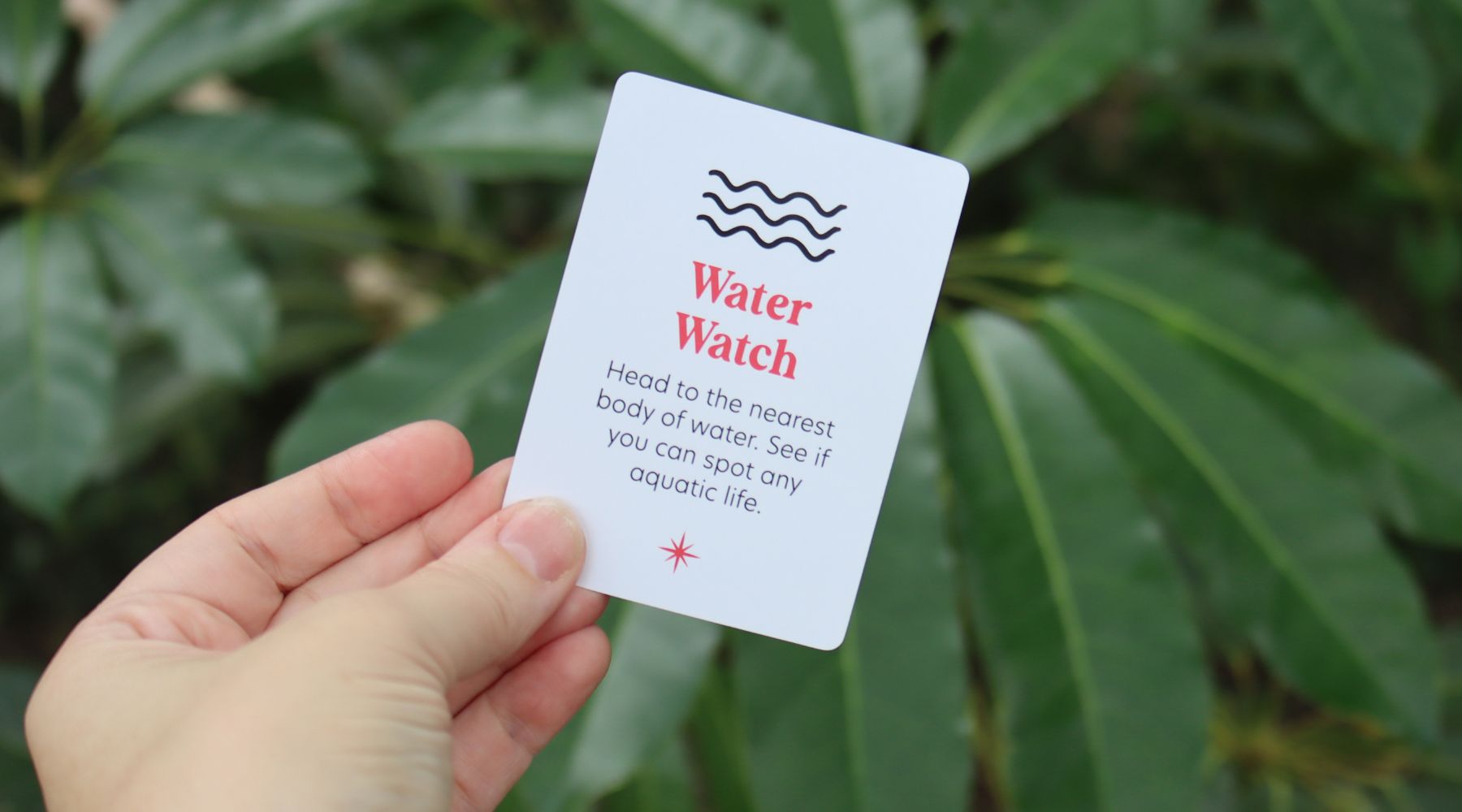Are you ready to dive into an exciting adventure? Let’s go on a Water Watch! Today, we’re heading to the nearest body of water to explore and see what amazing aquatic creatures we can find. Grab your explorer gear, and let’s get started!
Why Explore Water?
Water is home to all sorts of fascinating life! From fish to frogs, ponds and rivers are teeming with creatures. Exploring these habitats helps us learn about ecosystems and the importance of keeping our waters clean.
Step 1: Find a Body of Water
- Locate Nearby Water: Ask your parents to help you find the nearest pond, lake, river, or stream. You can also explore a local park with a water feature!
- Plan Your Visit: Choose a day to visit. Make sure to wear comfortable clothes and sturdy shoes—maybe even some waterproof ones!
Step 2: Pack Your Adventure Kit
Prepare your explorer backpack with these items:
- Notebook and Pencil: To write down your discoveries!
- Binoculars: Great for spotting birds or other creatures from a distance.
- Camera or Smartphone: To take pictures of what you find (with permission from an adult).
- Magnifying Glass: To take a closer look at tiny creatures!
Step 3: Observe the Water
- Find a Good Spot: Look for a safe place to sit or stand near the water. Make sure you’re at a distance that keeps you safe.
- Look for Movement: Keep your eyes peeled! Watch for fish swimming, frogs hopping, or insects buzzing around.
- Listen Carefully: Close your eyes for a moment and listen to the sounds of the water. Do you hear splashing? Chirping?
Step 4: Identify Aquatic Life
- Watch for Animals: If you spot any creatures, take notes or draw pictures of them. What colours do you see? How do they move?
- Research Together: When you get home, look up the animals you found. What are their names? What do they eat? Why are they important to the ecosystem?
Safety Tips:
- Stay Safe Near Water: Always stay a safe distance from the water’s edge. If you’re unsure about the safety of a spot, ask an adult for help.
- Respect Nature: Avoid disturbing plants and animals. If you want to touch something, ask first and ensure it’s safe.
Fun Facts:
- Did you know that frogs can breathe through their skin? This is why they live both in water and on land!
- Dragonflies can fly up to 30 miles per hour and are known for their beautiful colours and delicate wings.
Wrap Up Your Adventure
Congratulations, Water Watcher! You’ve explored a new body of water and discovered the amazing creatures that live there. Remember, every time you explore, you learn something new about the world around you. Keep looking for new adventures, and always remember to care for our waterways!


